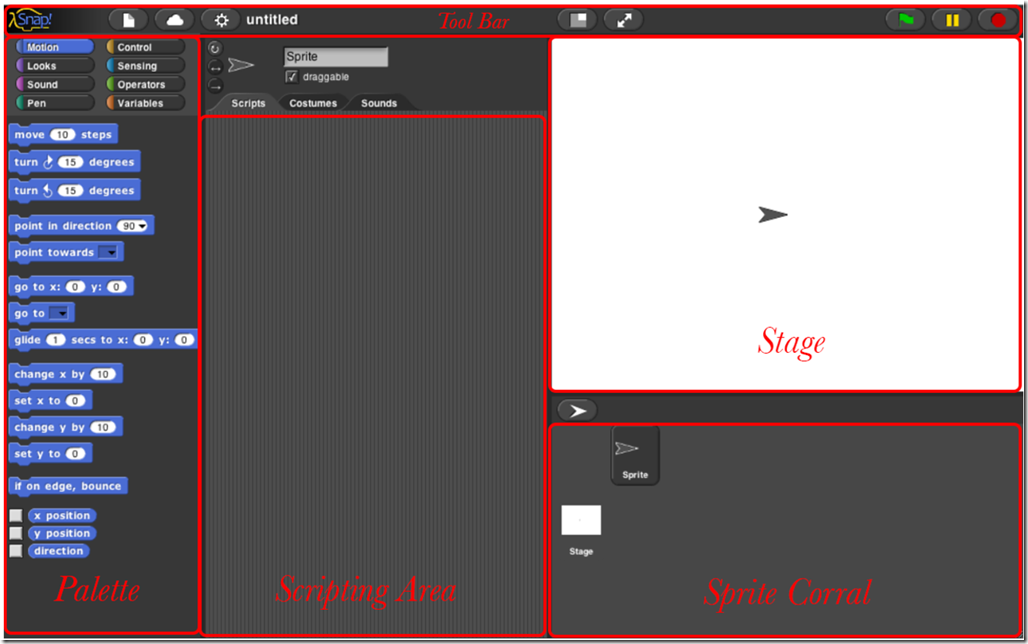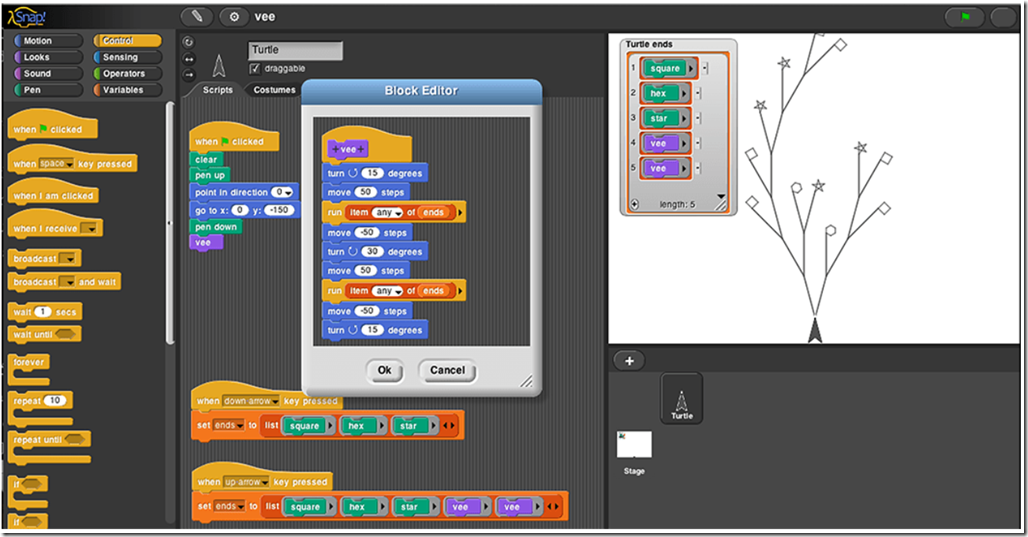My Volunteer Experience with TEALS
In this post, App Dev Manager Ruth Ferland shares her experience volunteering through TEALS to promote Computer Science and the education of kids in her community.
For School Year 2017-18, I decided to volunteer for TEALS (https://www.tealsk12.org/). TEALS stands for Technology Education and Literacy in Schools. It’s a non-profit organization in the United States that recruit, train and deploy technical volunteers to co-teach Computer Science in high schools.
The Recruiting Process
TEALS starts recruiting for volunteers for the next school year in the prior spring season, so that there is a full list by the summer for mandatory training and meet-ups with all volunteers in the region. Many volunteers come from local companies or companies with local presence.
The first step is to have a conversation (an “interview”) with the Regional TEALS Director to provide a run-down of what volunteers can expect from the program and vice versa. Before I decided to commit, I had at least four separate meetings with the director to make sure I was technically qualified and could do the time commitment. Unlike any other programs I volunteer for, TEALS is a year-long commitment with a minimum average of ~4-6 hours per school week.
Even with the daunting time commitment for someone who has a full-time job and a family to juggle, I still ended up moving forward for a couple of reasons:
- It would allow me to work with high school students, whether it’s in the capacity of teaching block coding or simply mentoring them with their college and career goals.
- I wanted to experience the TEALS program, at least once.
Once I decided to volunteer the next step for me was to fill out the TEALS Volunteer Application (https://www.tealsk12.org/apply/form/), which was a 12-page online form. The application required me to specify the top three TEALS-participating high schools I wanted to volunteer at. I chose the closest schools around my residence for short commute.
After the TEALS Administration reviewed and approved my application, I was offered two out of the three schools I specified. My decision to choose a school was driven by the student demographic and the competent reputation of the Computer Science teacher there. As one of the Diversity & Inclusion Leads at Microsoft, my #1 goal is to inspire underrepresented minorities to consider a career in Technology. CFHS being 73% Hispanic/Latino provided me the environment where I could exercise such goal.
Onboarding & Training
All TEALS volunteers must attend mandatory training and meetup sessions in the summer before the school year kicks off to meet the other volunteers and teachers from the participating TEALS schools in the region. This is a way to get to know the local TEALS network before the start of the school year. Volunteers were also given access to the TEALS portal which provided online training materials and tools to successfully co-teach a computer science class.
- TEALS Portal –> https://www.tealsk12.org/dashboard/
- Introduction to Computer Science –> https://tealsk12.gitbooks.io/introduction-to-computer-science/content/
In Rhode Island, schools require a criminal background check from each volunteer. This is done by going to the local police station, where one would have to fill out a form, pay $5 for processing and then hopefully get an official piece of paper stating that he/she has no criminal record. The high school I chose, however, required a full background check from their TEALS volunteers, which meant I had to go to the Attorney General’s office, fill out a form, get finger-printed, pay $35 for processing and then get the result.
With background check completed, I then met with the school administrators and the teacher I would be paired up with for the school year. The front office took my picture and made a permanent staff badge for me. I was also given a school email address to use as my login into the school’s network and Google class site. I wasn’t familiar to Google Class, so I had to get a quick crash course on how to use it.
In-Class Experience
I was in class twice a week, on Mondays and Fridays. On my first day of class, the teacher gave me the class roster and some notes on what each student wanted for a career. It was a great way for me to remember the students’ names quickly and tailor my mentoring approach on each individual student based on his/her aspirations.
There was another TEALS volunteer in class with me to help guide students through the curriculum. The extra help enabled me to cycle through some one-on-one mentoring sessions with each student while in class. I placed priority on mentoring the seniors and making sure they understood that they could use me as a resource even after they completed the class.
A typical day in class consisted of the following:
- The students completed their Do-Now’s while the teacher did the attendance.
- The teacher lectured for a few minutes on the current and future activities.
- Students were left alone to do their own code.
- Both Volunteers would walk around the classroom to unblock any blockers that prevented a student’s progress, whether it be troubleshooting issues with the Snap! platform or simply clarifying a block of code.
- I would set up in the back of the classroom and conducted one-on-one mentoring sessions with as many students as time permitted.
The TEALS curriculum measures students on individual progress, but we were able to customize the projects so that students could work in teams yet still earned individual grades. We accomplished this by first grading the team’s effort in points, then adjusting each member’s individual points based on his/her team participation and contribution to the project.
Tools & Resources
The platform used for Introduction to Computer Science is Snap!, an extended implementation of Scratch. Snap! runs on a browser by connecting to http://snap.berkeley.edu/run.
- Snap! –> https://snap.berkeley.edu/
- The Snap! Reference Manual: http://snap.berkeley.edu/SnapManual.pdf
Personal Challenges
The biggest challenge for me was juggling my schedule. Unlike many participating TEALS schools, my school did not schedule their TEALS classes in first period for all the days. My class was scheduled on different periods depending on the day:
|
Day |
Time |
|
Monday |
12:12 – 1:17 |
|
Tuesday |
1:21 – 2:30 |
|
Wednesday |
8:00 – 8:55 |
|
Thursday |
9:13 – 10:18 |
|
Friday |
10:45 – 12:08 |
Although I only volunteered two days a week, having a class midday subsequently pushed my working hours to much later into the evening to not overlap with the personal time with my family.
The other challenge was motivating the students. My students ranged from sophomores to seniors (grades 10, 11 and 12). I was dealing with a wide range of personalities of sophomoric immaturity to heavy cases of senioritis. Many signed up for the class because they thought it would be easy and discovered that Computer Science can be hard work.
Future Consideration and Recommendation
Contributing to the education of aspiring digital enthusiasts can be a life changing event. Most of us had at least one mentor that helped inspire or encourage us at an early age. Keep in mind that the time commitment can be significant and not every student is going to share your passion, however, connecting with kids who are excited to learn is a wonderful and rewarding way to give back to your community.
Premier Support for Developers provides strategic technology guidance, critical support coverage, and a range of essential services to help teams optimize development lifecycles and improve software quality. Contact your Application Development Manager (ADM) or email us to learn more about what we can do for you.



 Light
Light Dark
Dark
0 comments